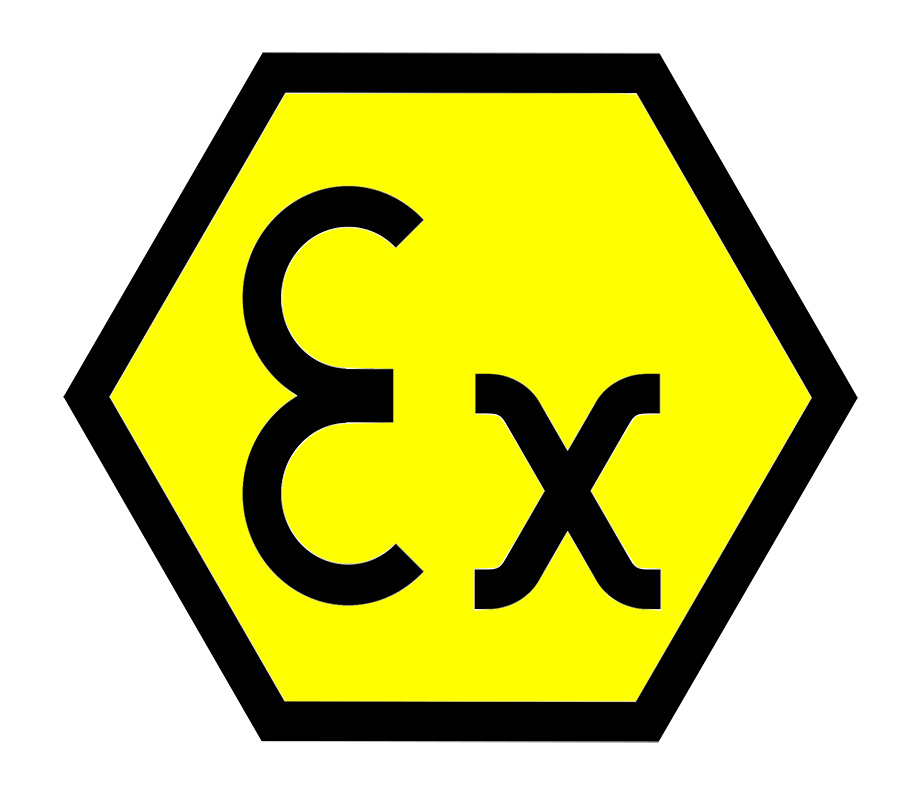ATEX regulations
An Explosive Atmosphere (ATEX) is a " a mixture with air, under atmospheric conditions, of flammable substances in the form of gases, vapours, mists or dusts, in which, after ignition, combustion spreads to the whole of the unburnt mixture". (source: INERIS)
Companies affected by ATEX must :
- Carry out a hazard assessment,
- Locate the areas,
- Implementing preventive actions,
- Adapt their equipment to the type of area,
- Protect employees (training, equipment maintenance, etc.)

Transitube's commitment to ATEX
Designers and manufacturers of industrial equipment must comply with EU Directive 2014/34.
It sets out the minimum protection requirements for equipment used in explosive atmospheres.

Transitube was the first to undertake an ATEX certification process, which is now delivered by INERIS.
Material: INERIS07ATEX0054X
This EU Type Examination Certificate classifies our equipment in category 1D/2GD.
This means that all our systems can be be installed in ATEX zones ATEX 22, 21 and 20 indoors.
Quality Assurance System: SAQ INERIS 11ATEXQ401
Which powders are affected?

It is the combination of several elements that creates dangerousness:
- Oxygen
- Suspended dust
- Source of energy
- EMI
Some examples of familiar powders that constitute an explosion hazard:
- Sugar
- Flour
- Coffee
- Milk powder
- Starch
- Magnesium
- Aluminium
- Sulphur
- Cellulose
- Coal
- Wood
- Fertilizers
- Polystyrene
- Vitamin C
- Cocoa
- Polyethylene
